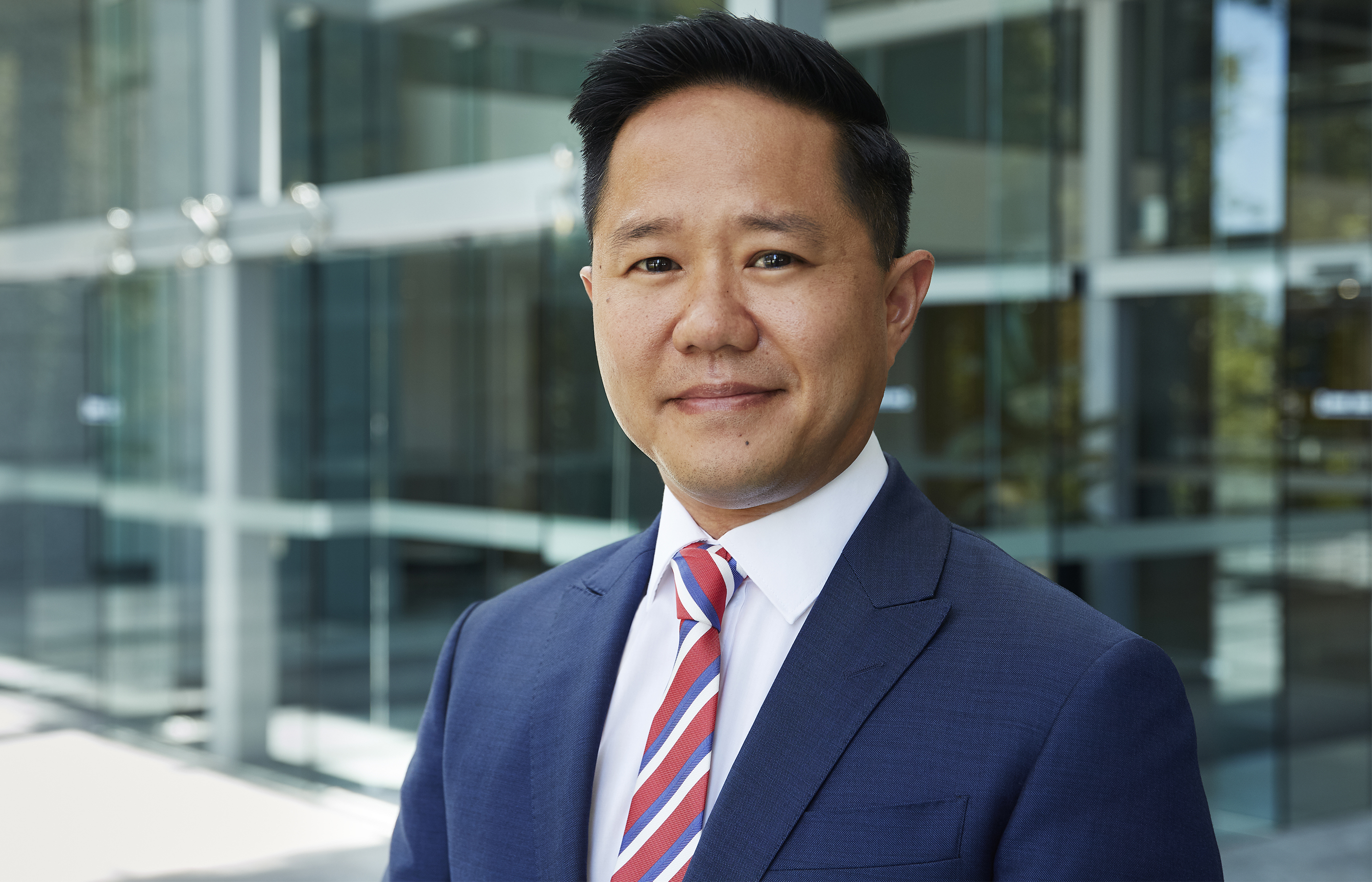Gunns Limited (in liquidation) (receivers and managers appointed) (Gunns) is the parent company of the Gunns Group. The Group’s principal activities included the processing, management and selling of timber products and the management of forestry and horticultural investment schemes.
In 2010 and 2011, the Group’s trading performance was adversely affected leading to a significant decline in revenue.
On 25 September 2012, after two failed capital raisings, Gunns’ directors resolved to place the company into external administration.1
As at 25 September 2012, the Group had debts totalling $780,798,000, of which $61,850,000 was unsecured trade debt.
Gunns was later placed into liquidation and its liquidators have undertaken various recoveries actions including in relation to alleged unfair preference payments received by Edenborn Pty Ltd (Edenborn).
Edenborn carried on a business as a harvester, woodchipper and haulage contractor. In the years that preceded the Group’s financial demise, Edenborn provided various services to the Group. Crucially, Edenborn issues 9 invoices to, and received 13 payments (Payments) from, the Group during the relation-back period.
Gunns’ liquidators commenced proceedings against Edenborn seeking to recover some or all of the Payments as unfair preferences, pursuant to section 588FA of the Corporations Act.2
Broadly speaking, pursuant to section 588FA of the Corporations Act, a liquidator may seek to recover a payment as an unfair preference if:
At general law, a single transaction does not constitute a preference if it can be said to form part of a broader series of transactions, which, when considered together, do not confer a preference on the creditor, provided the payments are integral to the continuation of the business relationship. This position is codified by subsection 588FA(3) of the Corporations Act, which provides that:
Here, the liquidators conceded that Gunns and Edenborn were parties to a continuing business relationship at the beginning of the relation-back period, and again towards the end of the relation-back period.
Crucially, however, the liquidators contended that there was a break and a subsequent resumption of the continuing business relationship and that, as a consequence, the four Payments made in between were recoverable as individual preferences.
The liquidators’ assertion that the continuing business relationship ceased was founded on Gunns’ suspension of the relevant contract by reason of a force majeure event. Accordingly, no services could or were provided during this time.
Conversely, Edenborn said that the continuing business relationship was active at the time of each of the 4 Payments. It said that the relevant contract remained afoot during the force majeure suspension and that Gunns’ dominant motivation for making Payments was to induce Edenborn to provide further services.
The question for the Court was (among other things) whether there was a break in the continuing business relationship and, if so, what the consequences of such a break were.
Edenborn’s case was premised on the fact that Gunns’ motivation for making the relevant Payments was to ensure the continued provision of services by Edenborn in the future (eg: after the force majeure abating).
As stated in the judgment, it is the relationship between the Payments and the subsequent supply of services which is the rationale for the principle that a continuing business relationship is to be treated as a single transaction for the purposes of the unfair preference provisions.
However, the Court also noted that a payment does not form part of a continuing business relationship if the predominant reason for the payment is to meet past debt, rather than induce further supply. The effect of this change in purpose is to break the nexus between a payment and the subsequent provision of goods or services.
Edenborn made several demands for the full payment of all outstanding amounts and foreshadowed legal and enforcement action.
Whilst the Court acknowledged that Gunns’ motivation for making the relevant Payments included a desire to induce Edenborn into providing further services, the Court considered that the dominant purpose of those payments evolved to become the reduction of aged debt.
On this basis the Court accepted the liquidators’ contention that the continuous business relationship had been broken and that the impugned Payments made during the intervening period were recoverable as individual unfair preferences.
In reaching its decision the Court considered that in receiving the 4 Payments Edenborn was, at the time of the demands on Gunns, looking backwards and not forwards; in other words, looking to and insisting upon, the partial payment of aged debt and not the provision of continuing services.
The Court considered that the small quantity of services (relative to the value of debt paid) provided after these Payments did not derogate from a finding that there had been a break in the continuous business relationship.
This case highlights the nuanced distinction between a payment which is made for the predominant purpose of inducing or securing the continued provision of goods or services and a payment which is made, primarily, for the purpose of reducing past debt despite the fact that it may also have the consequence of securing the provision of further goods or services.
As this case shows, only the former of these two payments may be considered to form part of a continuing business relationship.
Accordingly, a payment which has the consequence of securing the provision of further goods or services, but which was not made predominantly for that purpose, cannot be considered to form part of a continuing business relationship and may therefore be recoverable by the liquidator as an individual preference payment.



[1] Pursuant to section 439C of the Corporations Act 2001 (Cth).
[2] Ibid s 588FA.